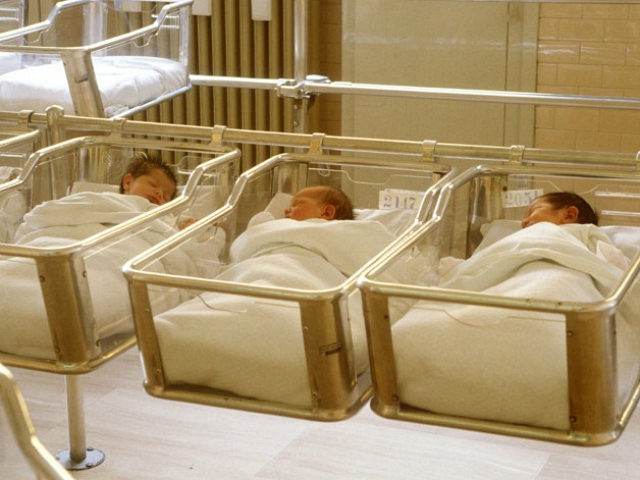The population of South Korea fell for the first time in the country’s history in 2020, according to census data released on Sunday.
The country’s population was 51,829,023 as of December 31, 2020, a decrease of 20,838 from the end of 2019.
Yonhap news agency reported the figures on Sunday, citing official data from South Korea’s Ministry of Interior and Safety.
South Korea recorded a population increase in each of the previous ten years leading up to 2020. The country’s population growth rate, however, fell steadily over the past decade from 1.49 percent in 2010 to 0.05 percent in 2019.
The East Asian nation reported 275,815 births in 2020, down 10.65 percent from the previous year.
“Amid the rapidly declining birth rate, the government needs to undertake fundamental changes to its relevant policies,” South Korea’s interior ministry said on Sunday.
A birth rate is the average number of children a woman has during her lifetime. South Korea’s birth rate dropped to a record low of 0.92 in 2019. A country needs a birth rate of 2.1 or higher to maintain a stable population.
According to the new census data, 307,764 people died in South Korea in 2020, marking a 3.1 percent increase in the number of deaths recorded in 2019. The number of deaths in South Korea rose each year from 2011 to 2018 before decreasing in 2019 and then shooting back up again in 2020, according to Yonhap.
The number of people in South Korea’s national capital and population center, Seoul, decreased by about 60,000 last year.
South Korea’s fertility rate was the lowest in the world as of last summer, according to a United Nations report released in late June.
“The annual report by the U.N. Population Fund (UNFPA) found the fertility rate per woman in South Korea was only 1.1, the lowest among 201 countries surveyed,” Reuters reported at the time.
Fertility rates measure the number of births per 1,000 women of childbearing age (15 to 44) in a particular year, while birth rates refer to this measure within specific age groups.
South Korea’s declining birth and fertility rates have coupled with its aging population to create a spiraling demographic crisis, which it has struggled with for years.
People aged 60 and over made up 24 percent of South Korea’s population in 2020, according to Yonhap.
The number of households in South Korea increased by 2.72 percent last year to 23,093,108. Observers attribute the increase to a rise in single-person households throughout the country, indicating that younger people in South Korea continue to eschew marriage, a trend that has persisted in recent years.
“The data showed there were just over 9.06 million households with one person [in 2020], up by about 574,000 from 2019. Single-member households accounted for 39.2 percent of all families in 2020, more than any other type of households,” according to Yonhap.

COMMENTS
Please let us know if you're having issues with commenting.